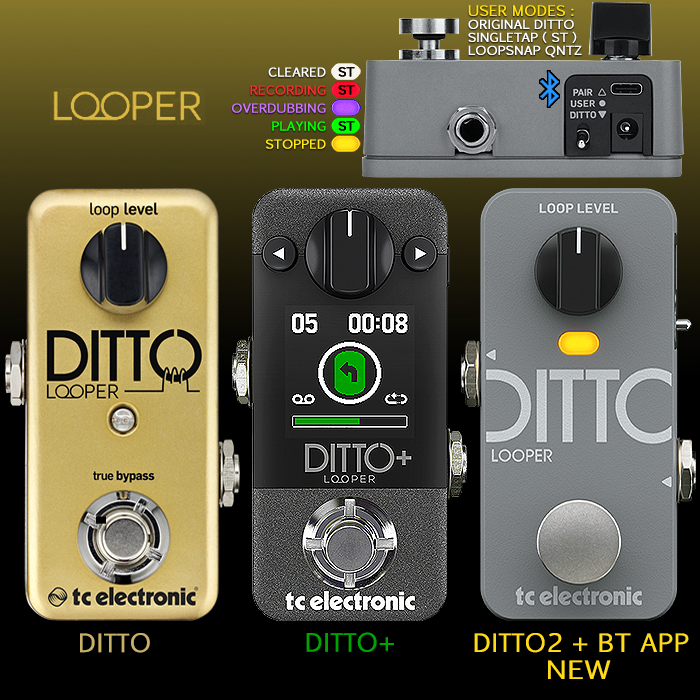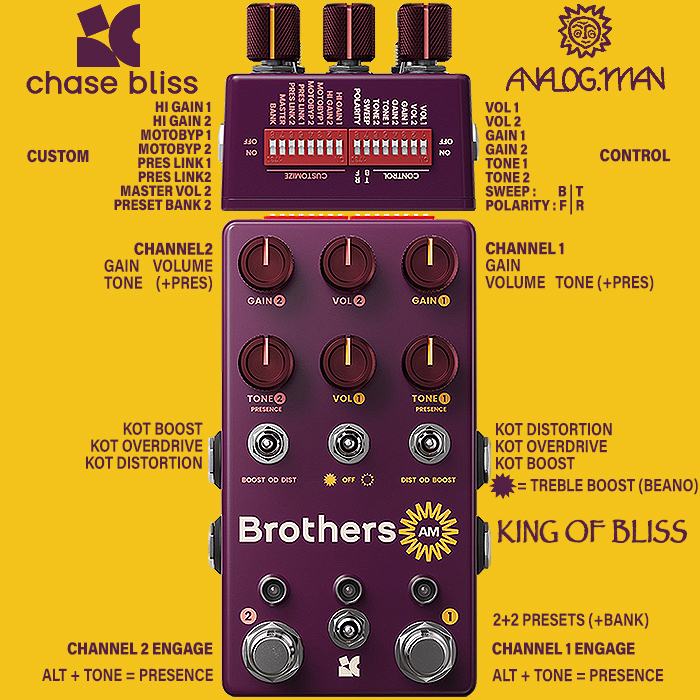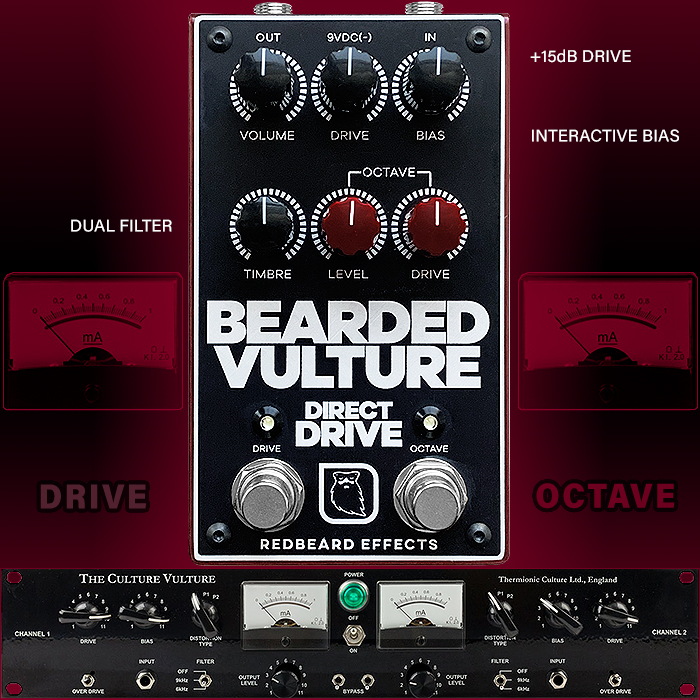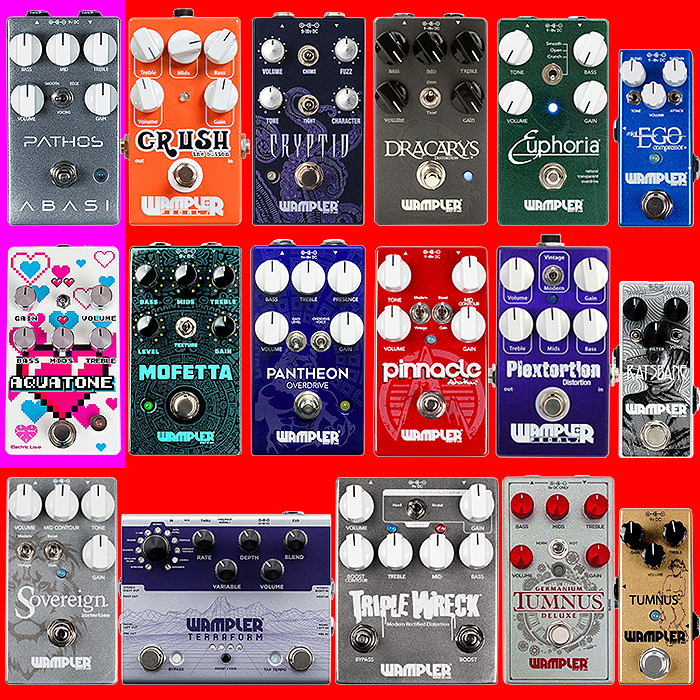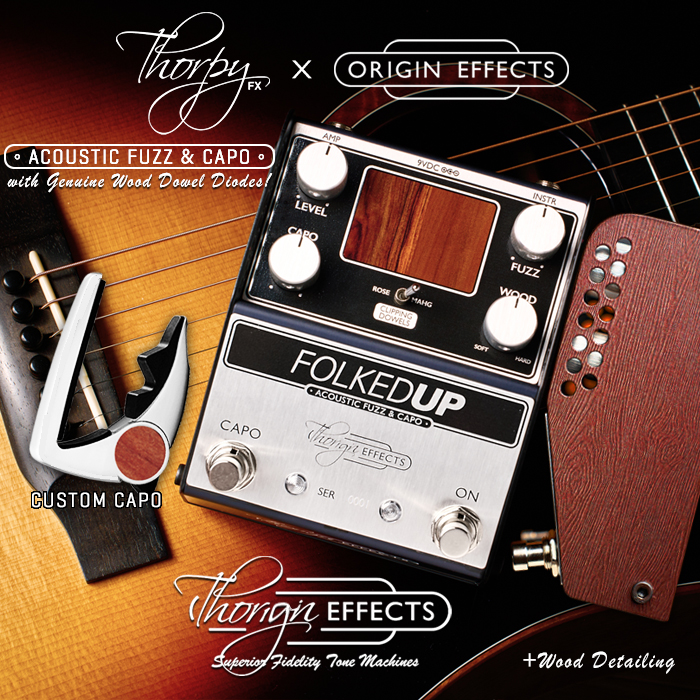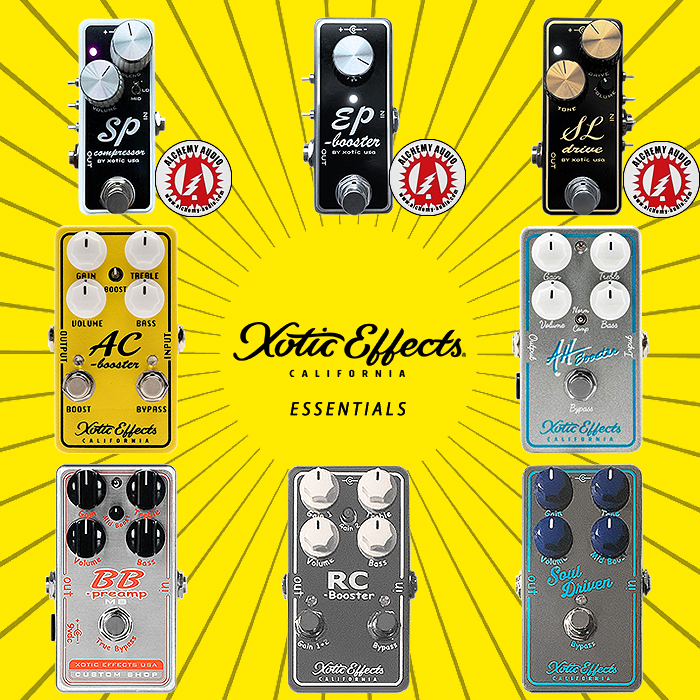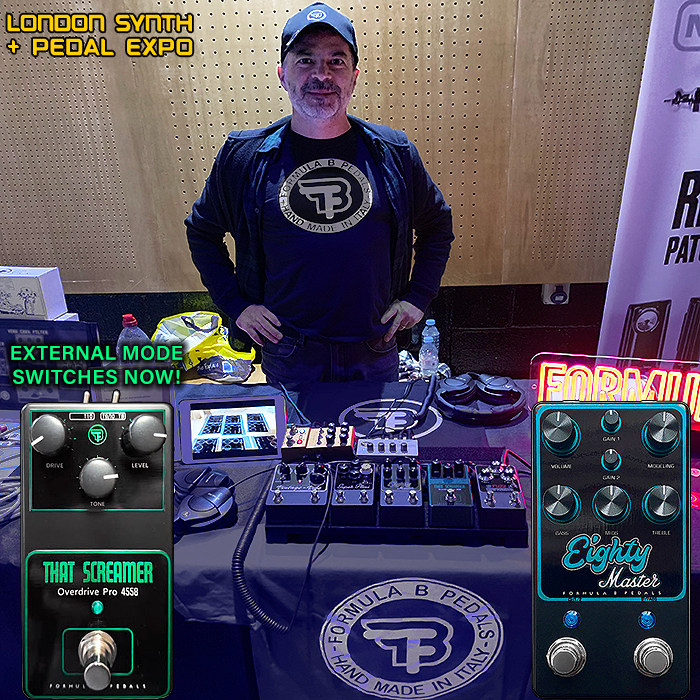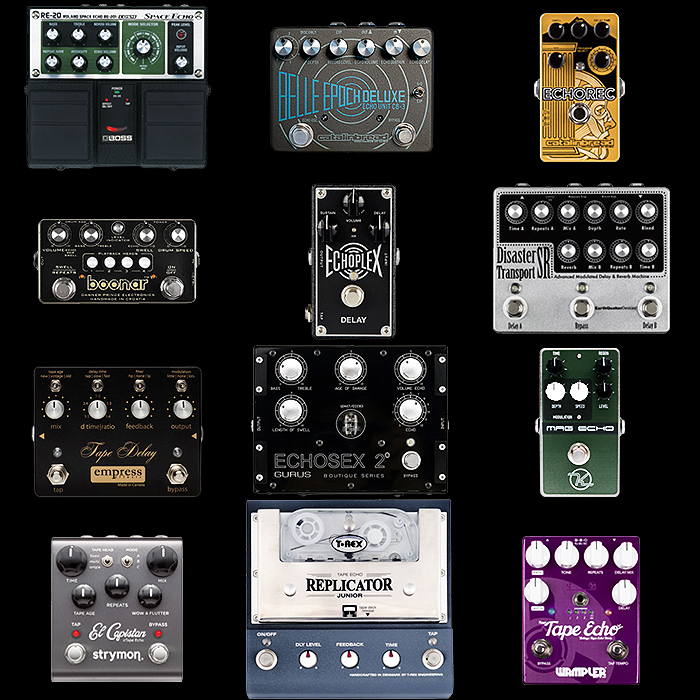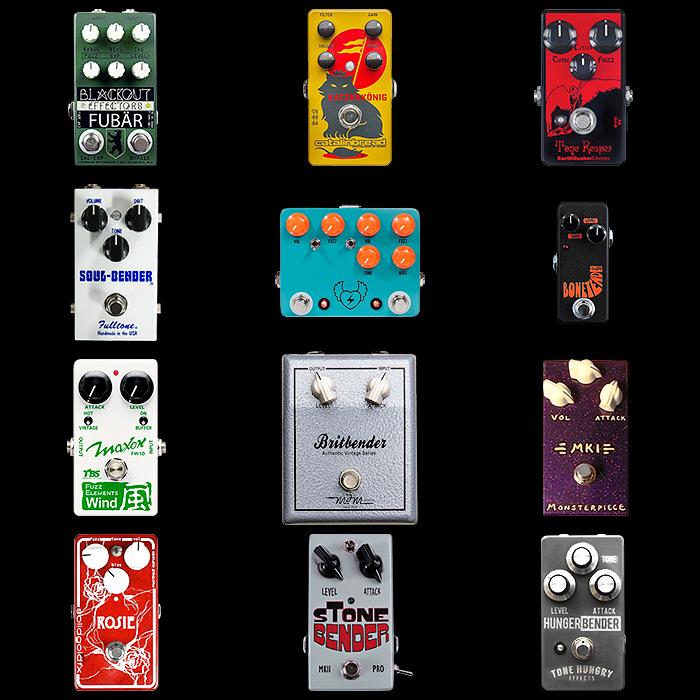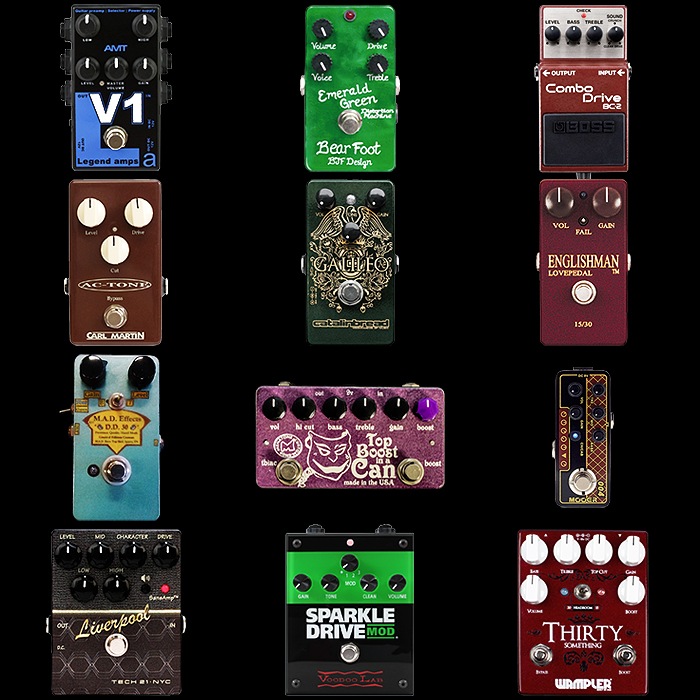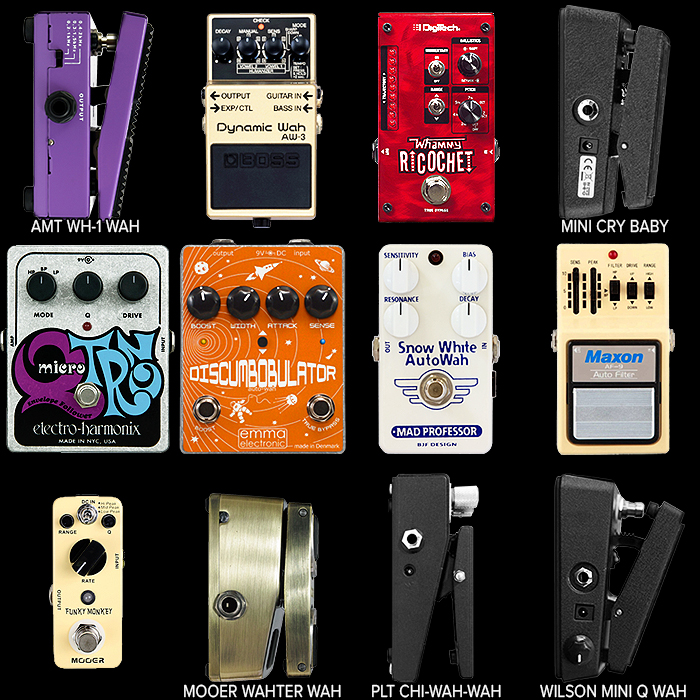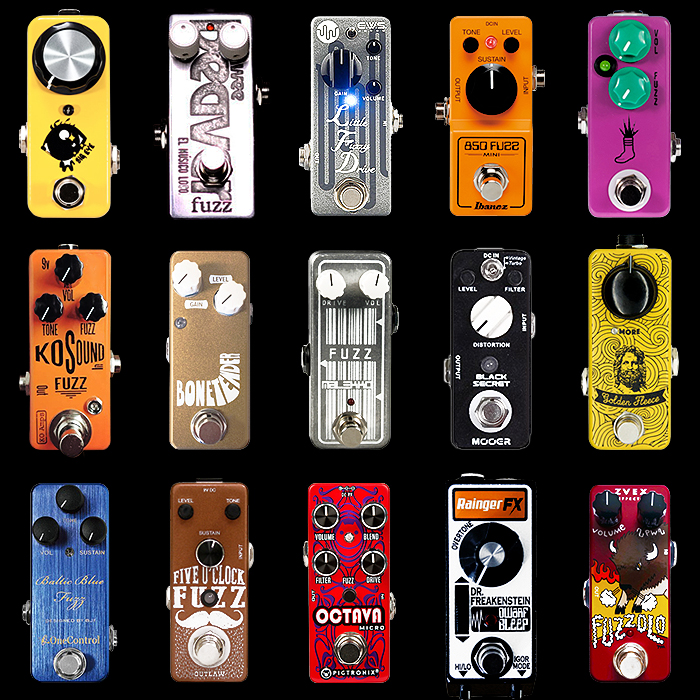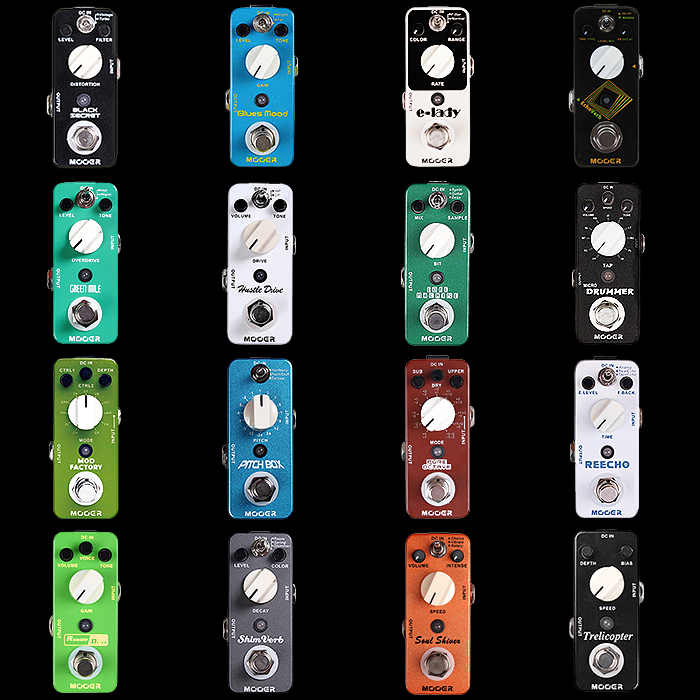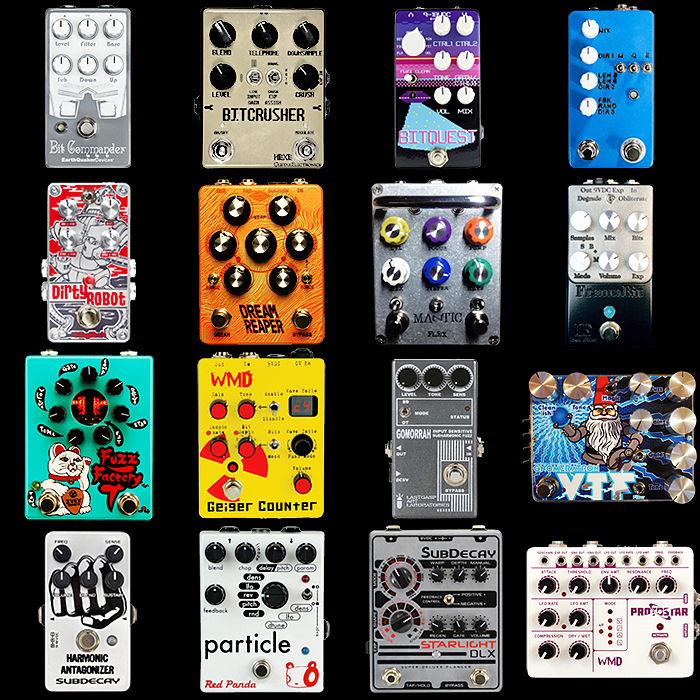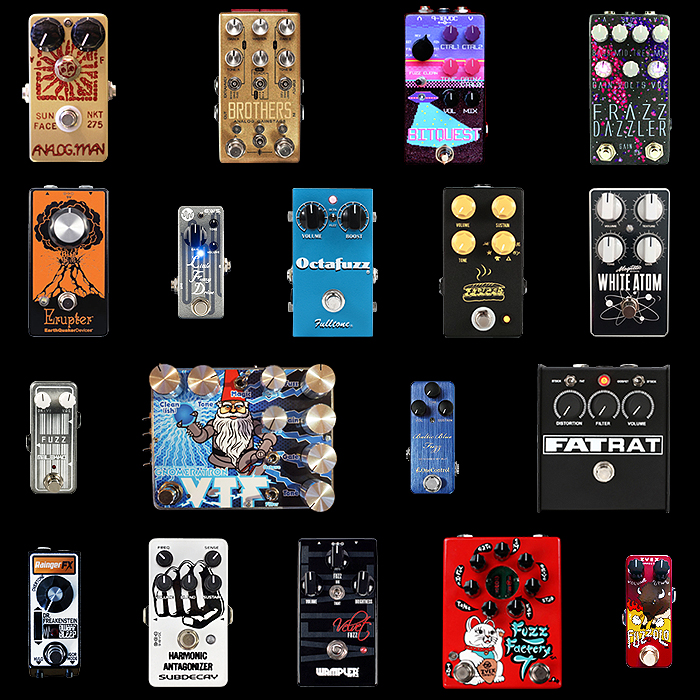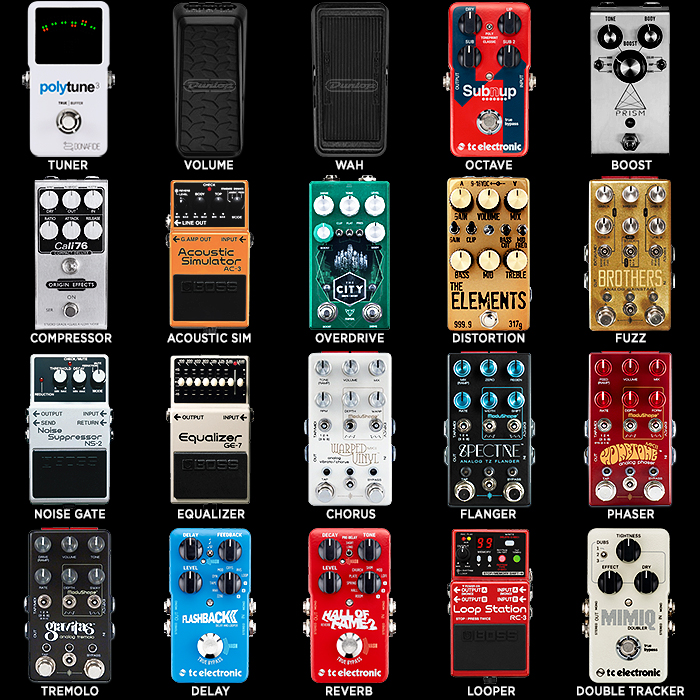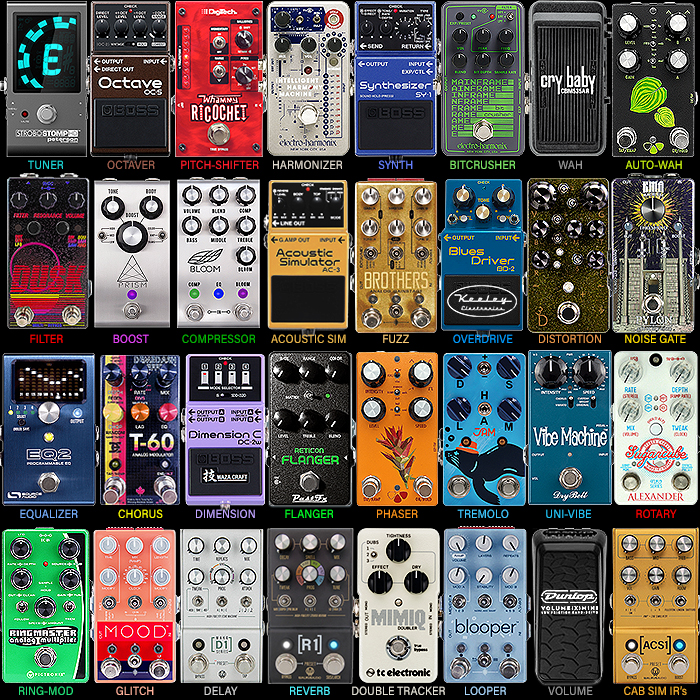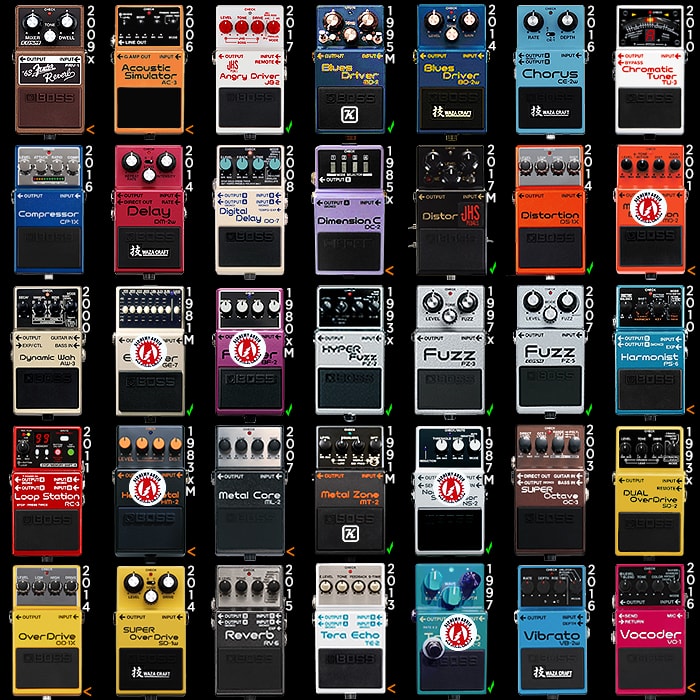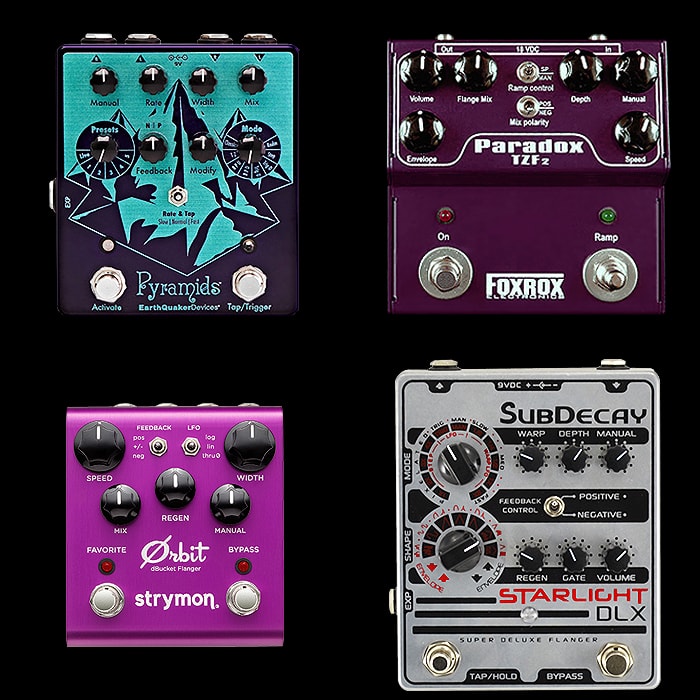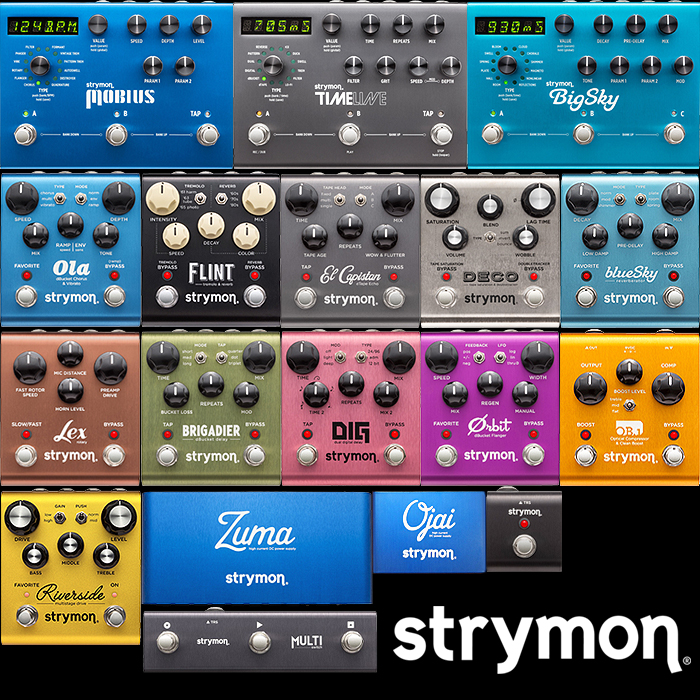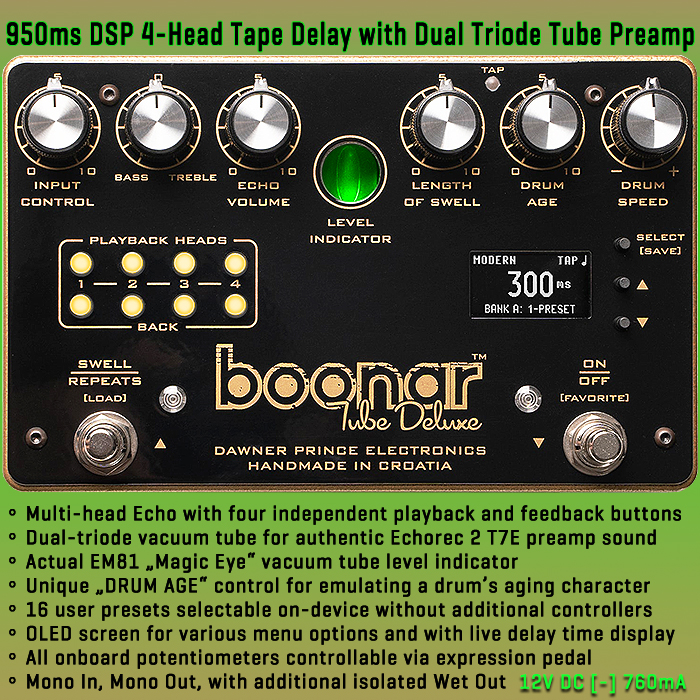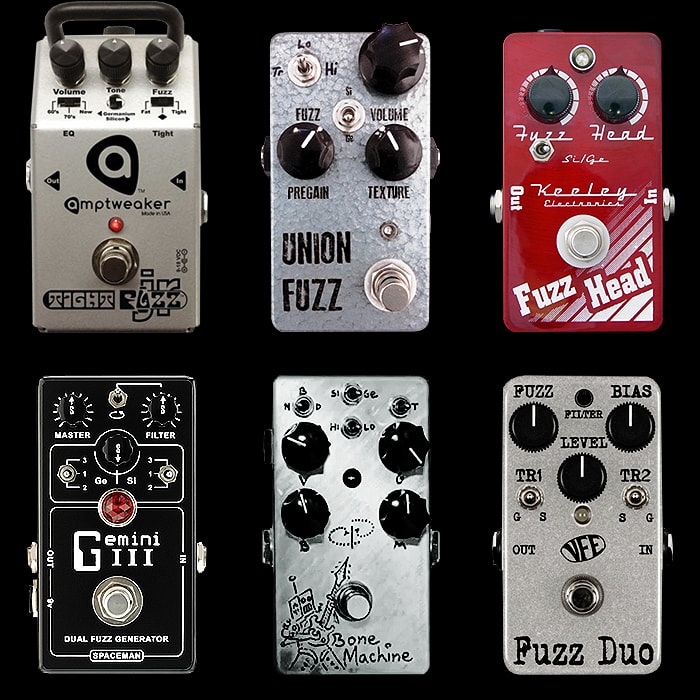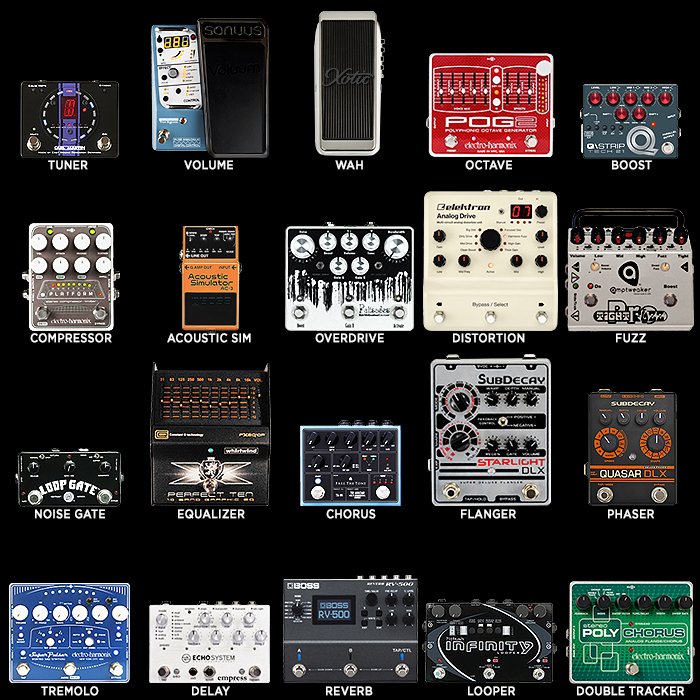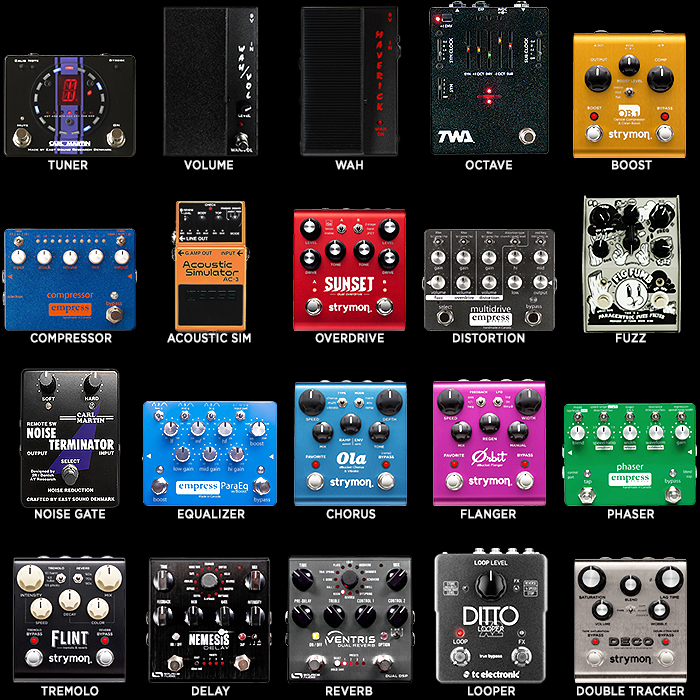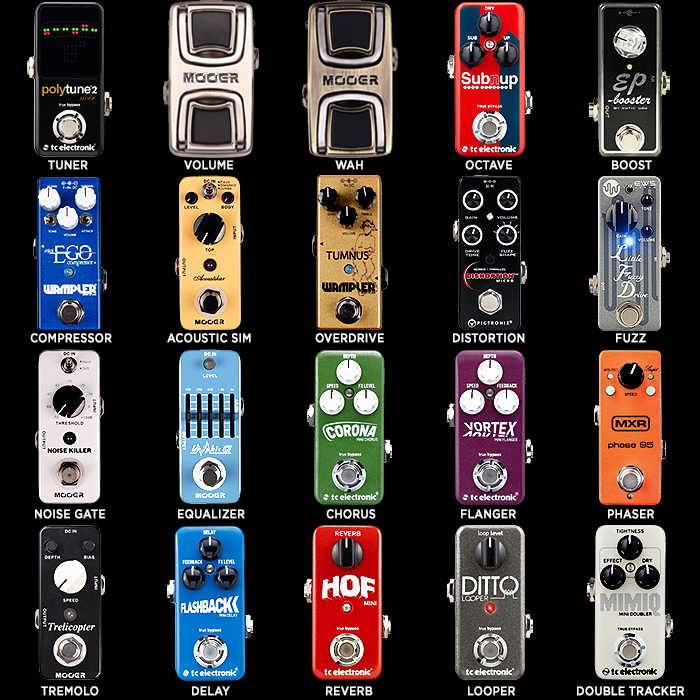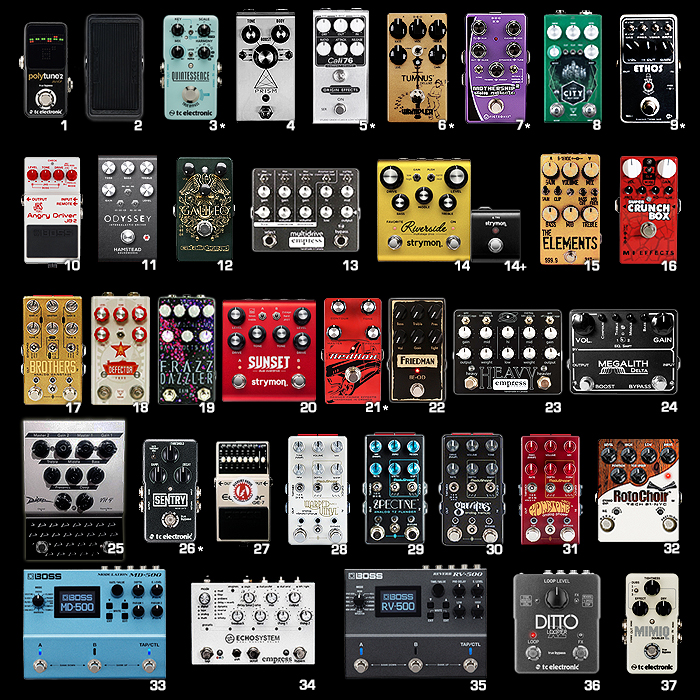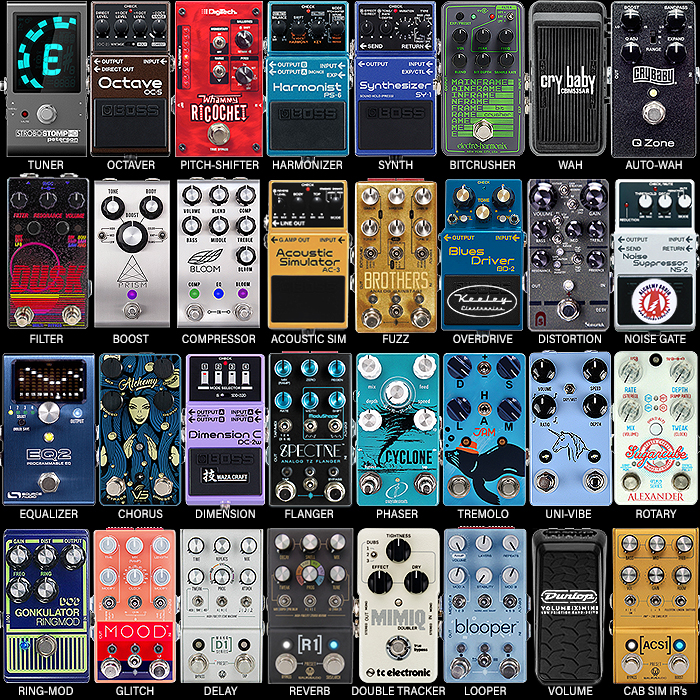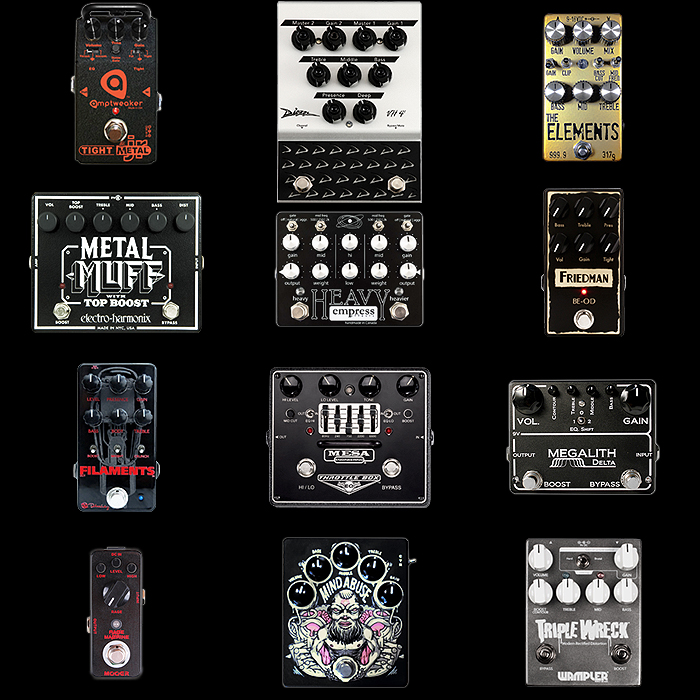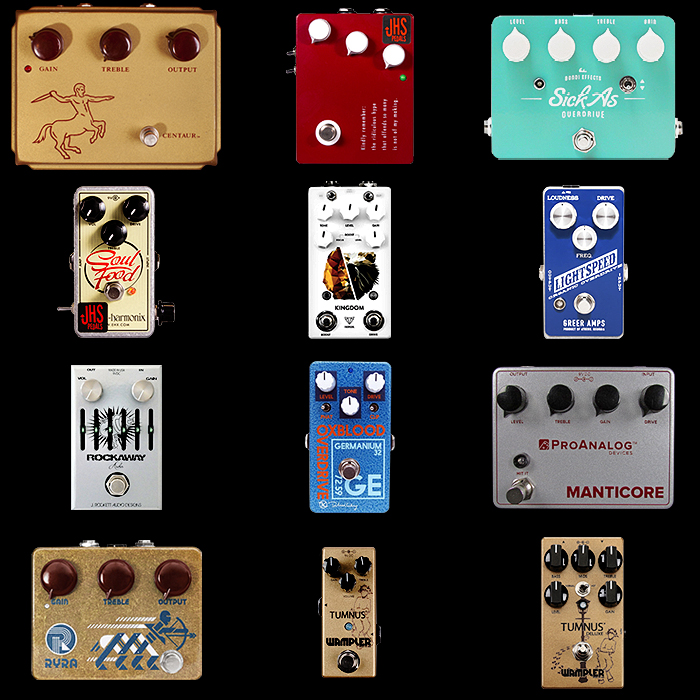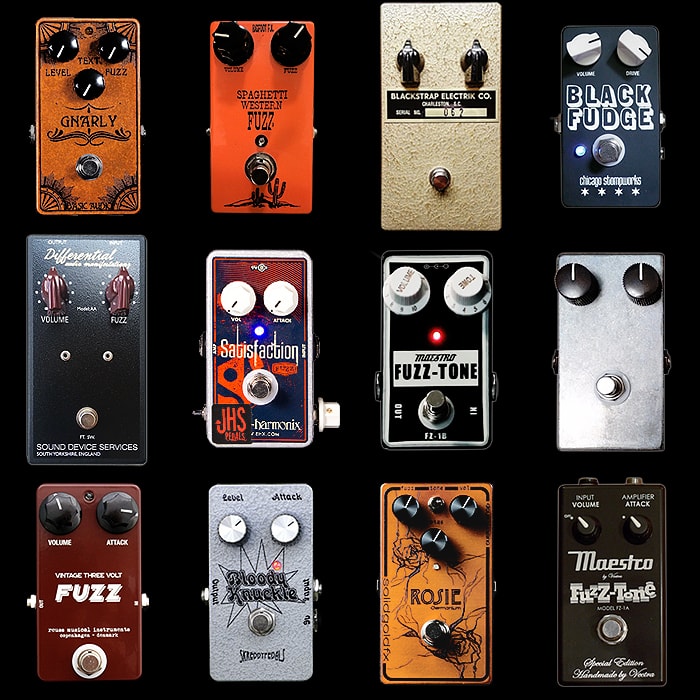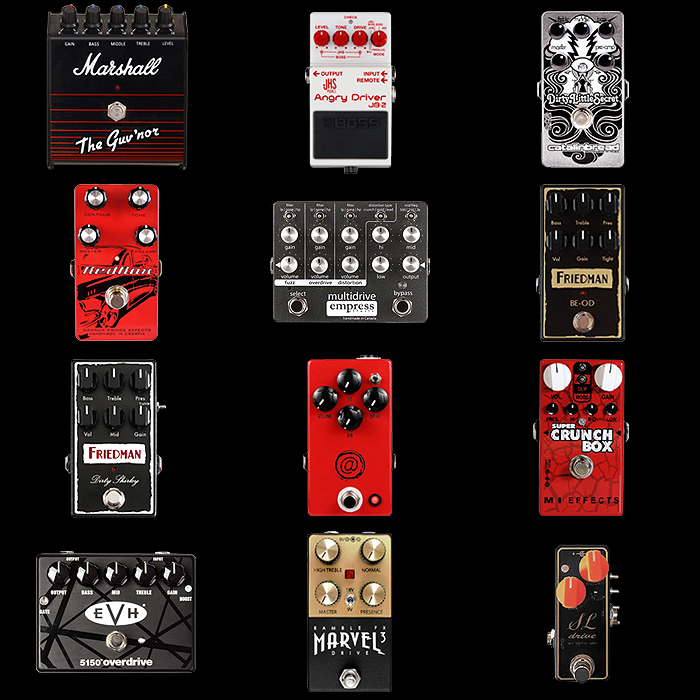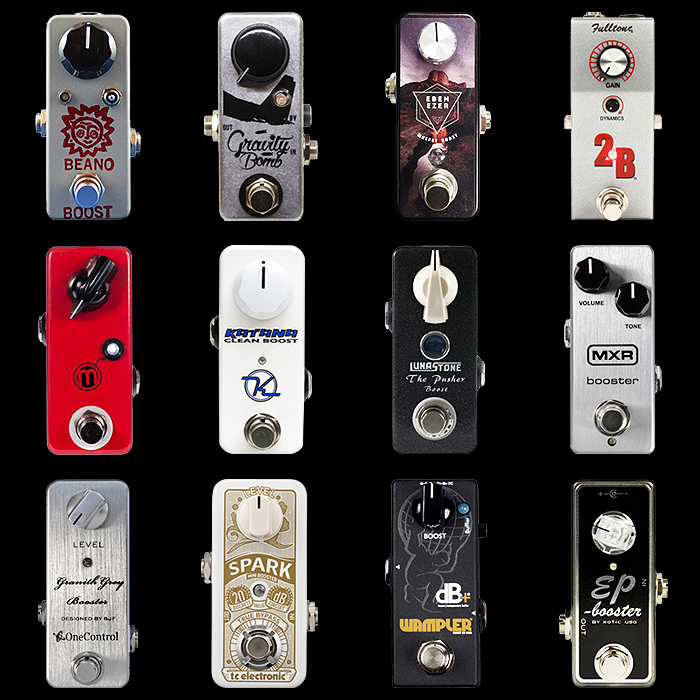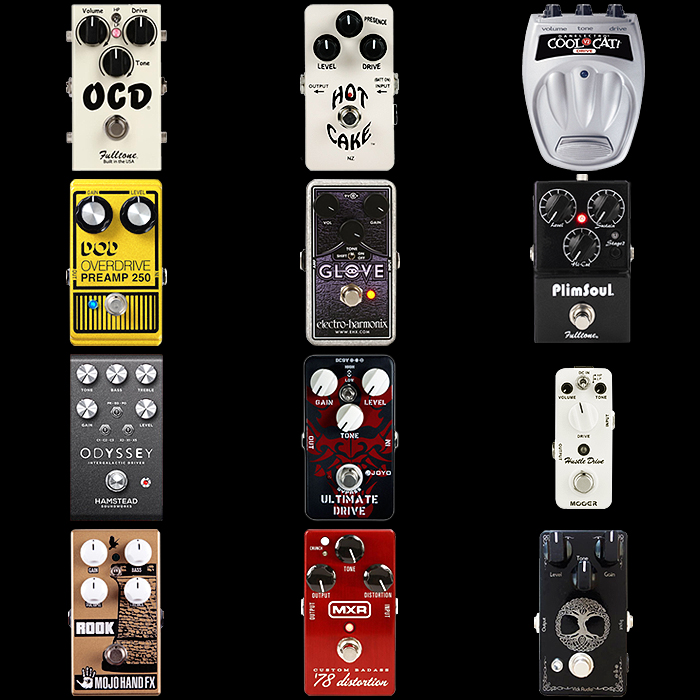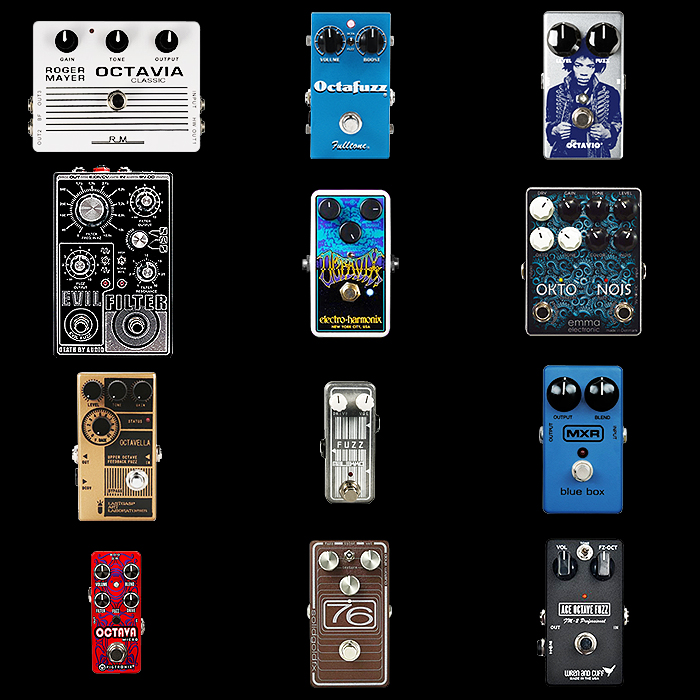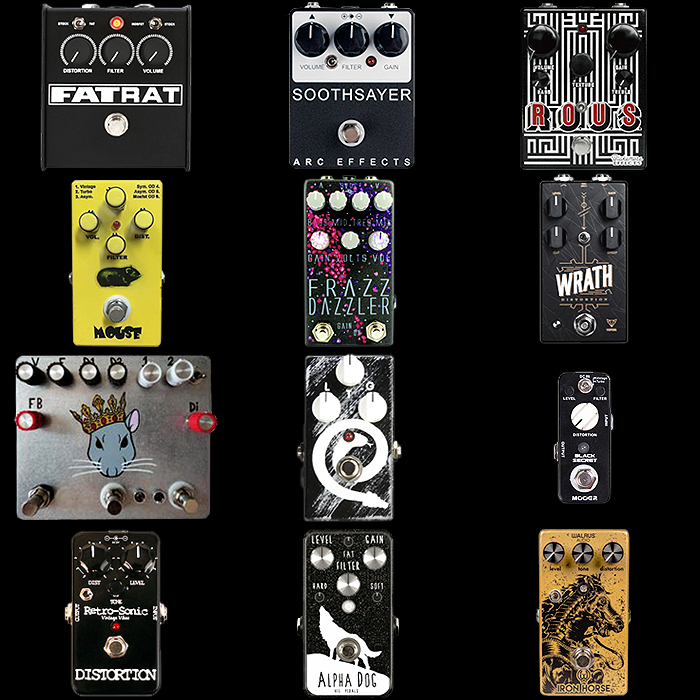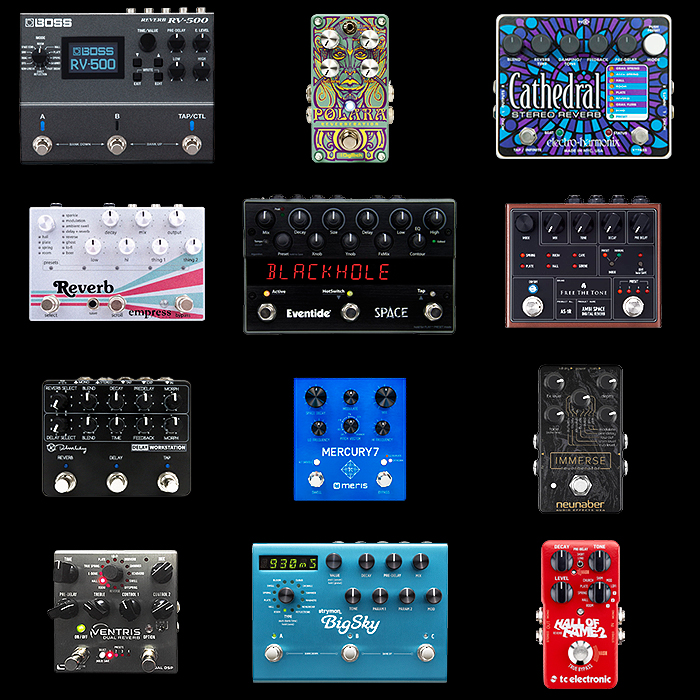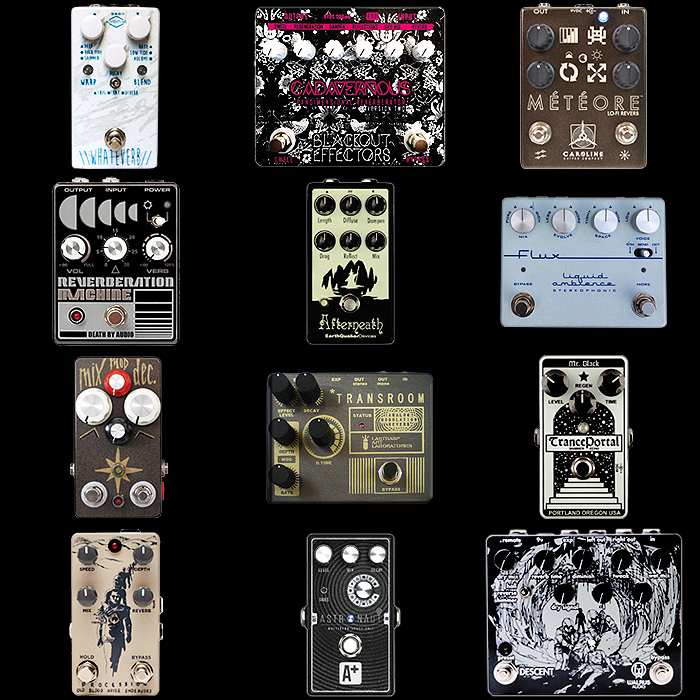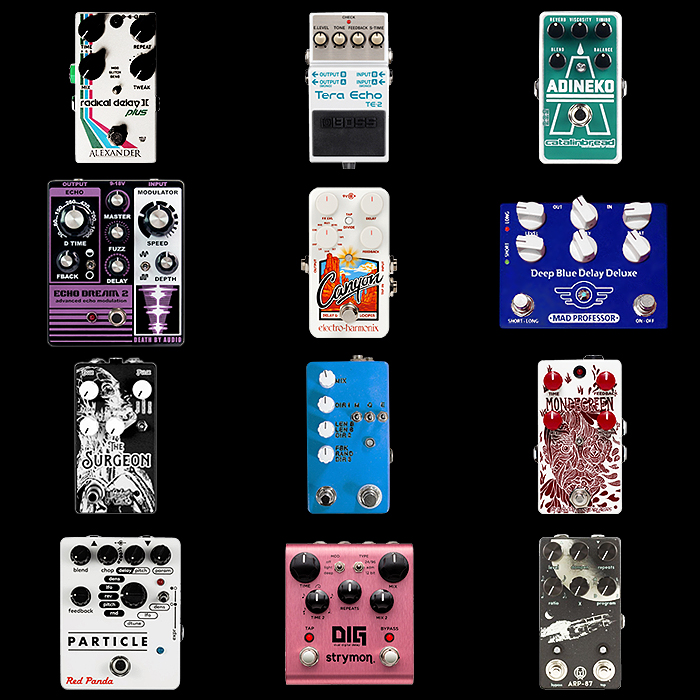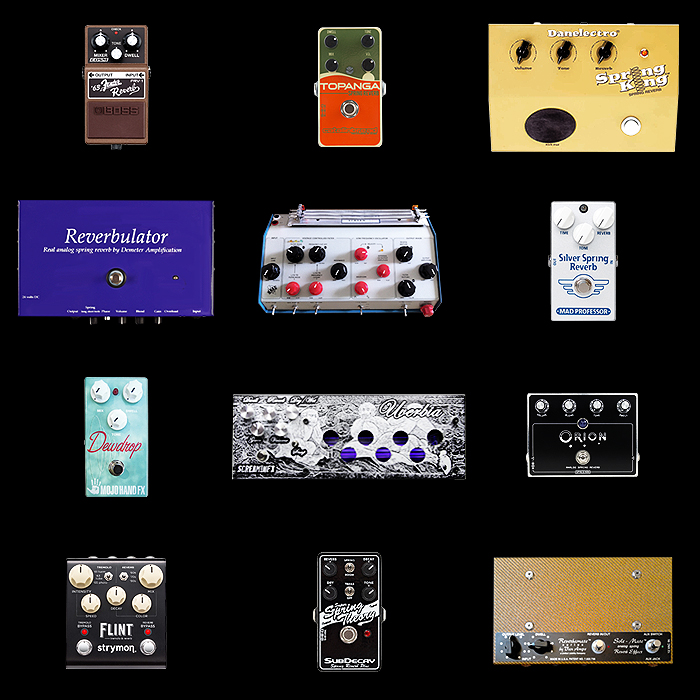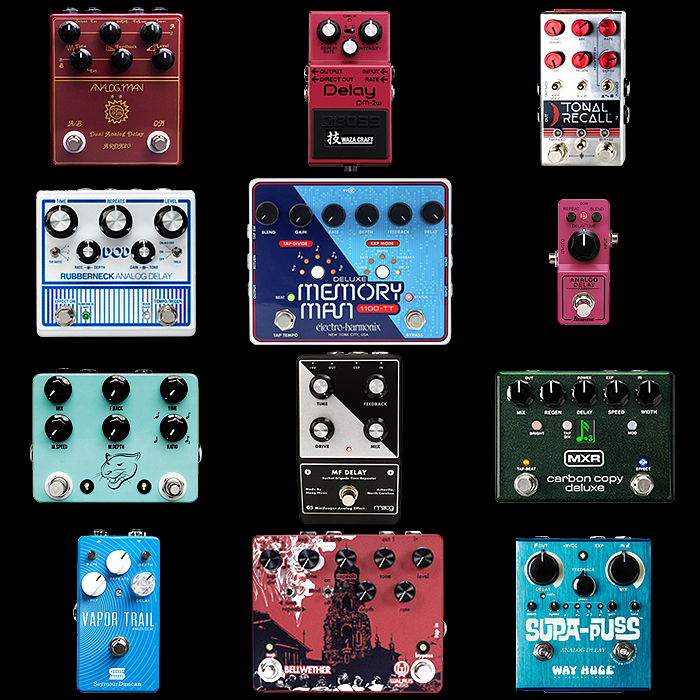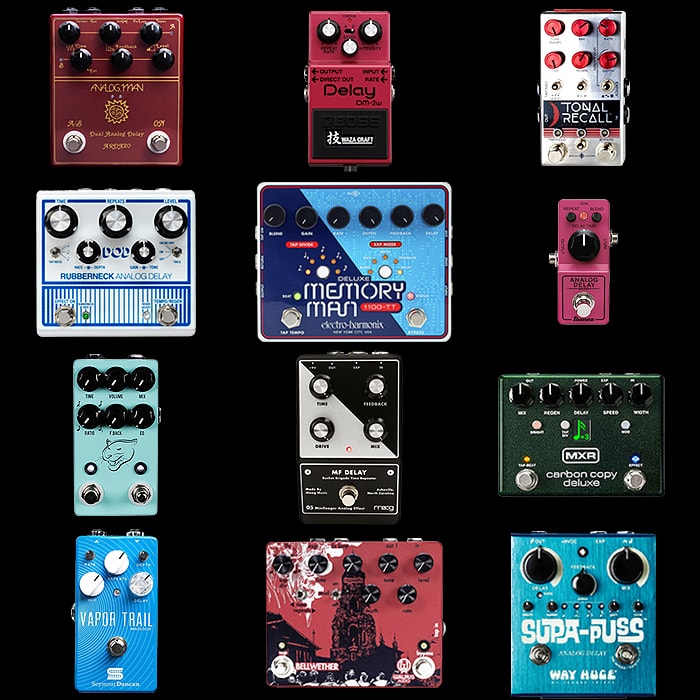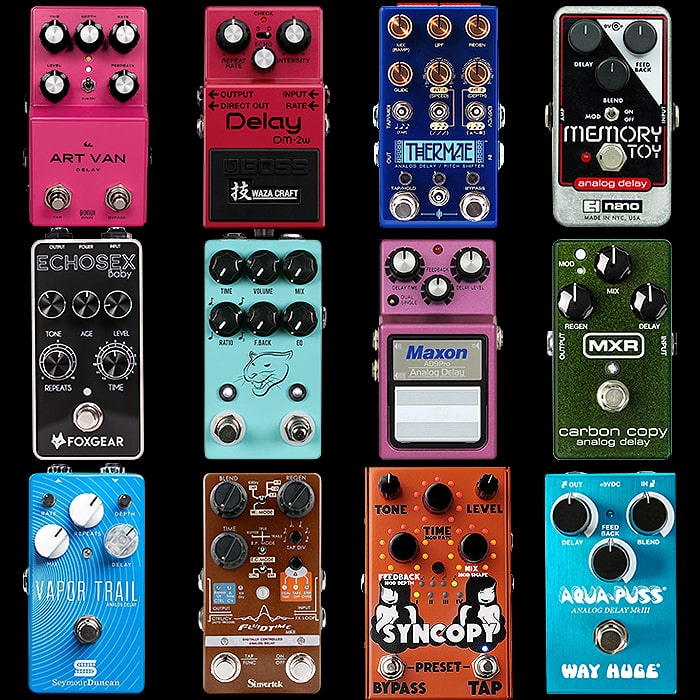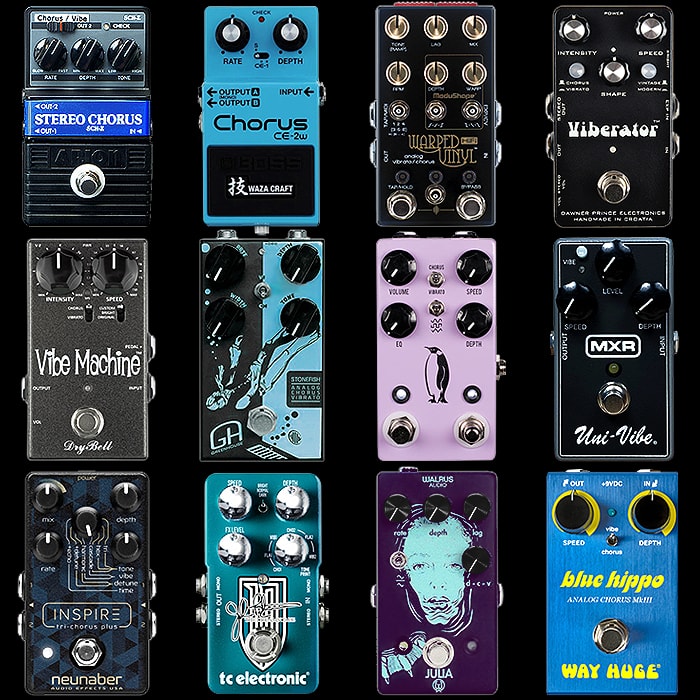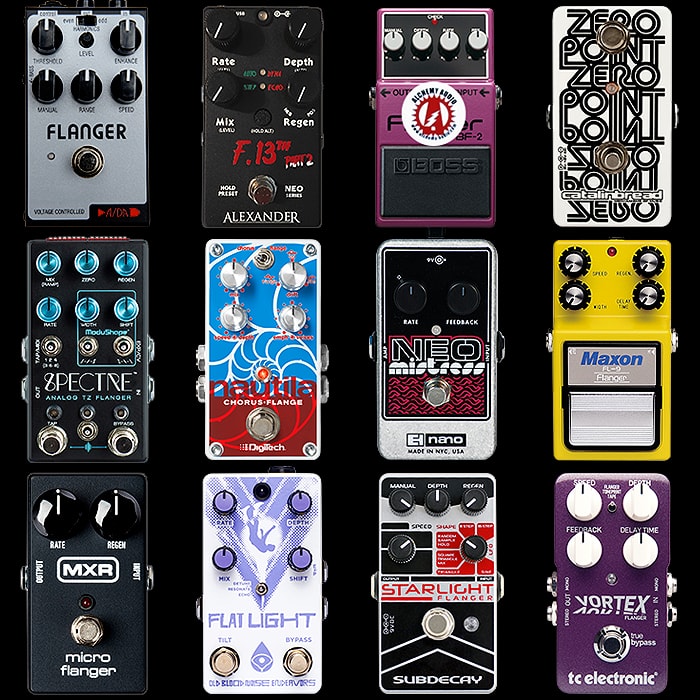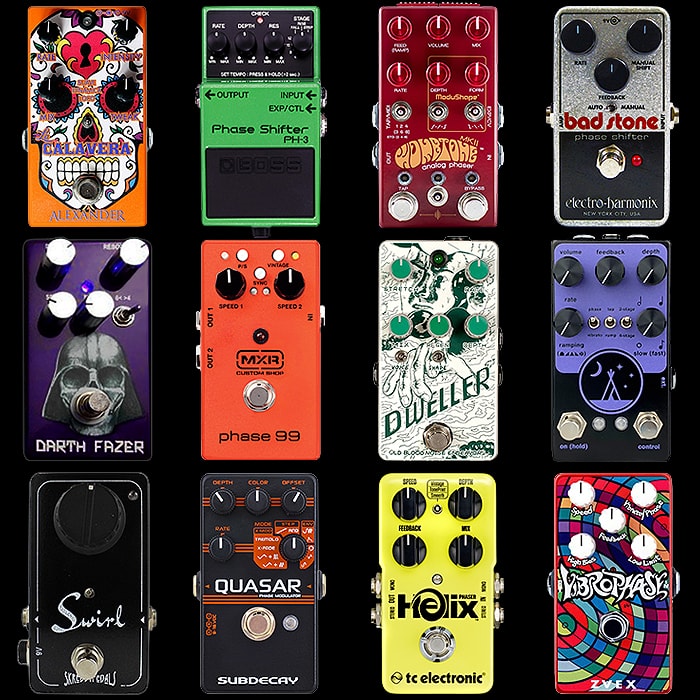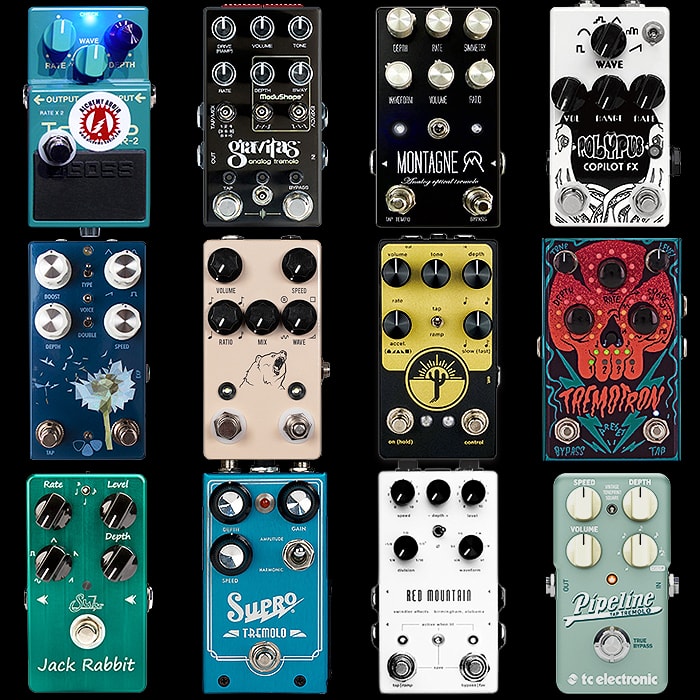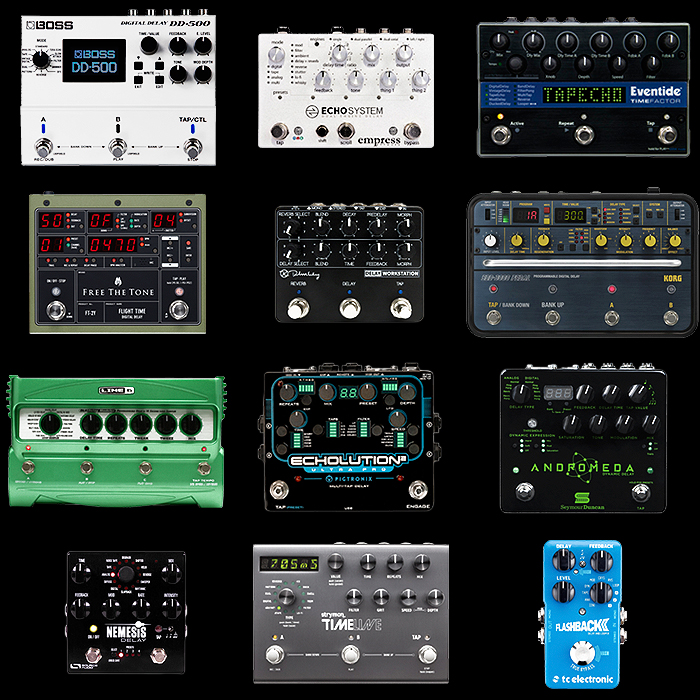6 of the best Double Tracker Pedals for Your Consideration
Double-tracking is a classic studio technique evolved in the 60’s in recording studios like Abbey Road. In essence you use a short delay - typically between 10 and 50ms depending on your tone / saturation - to thicken up your sound, and make the recording sound like there are more than one guitarist playing. Heavy Metal recording artists have used this technique for the last 40 for years - particularity for rhythm guitars. And virtuoso’s like Randy Rhoads also liked this effect on leads and solos.
Over the years you have been able to recreate double-tracking in a number of ways - using a short delay, or a stereo chorus or flanger are common to - you just adjust the delay down until it hits the sweet-spot - and make sure you tune out the modulation. Electro-Harmonix used to have a pedal called ’Full Double Tracking Effect’ - this has long since been discontinued, but Double Track is a mode option on their more recent Stereo PolyChorus pedal.
Pitch-shifting pedals which allow finessed Detuning can also produce a convincing double-tracking effect - like the classic Boss PS-6 Harmonist, and DigiTech’s more recent Luxe Anti-Chorus pedal - which uses a similar Detune function to thicken your sound. The original double-tracking was of course done with tape-reels so it’s not surprising that the Strymon Deco Tape Effects pedal does Double-tracking really nicely too.
Then there are two fairly recent pedals wholly dedicated to the art of Double Tracking - Keeley’s 30ms Double Tracker and TC Electronic’s Miniq Doubler. The latter of which I have had since the start of the year, and I really love. I run a stereo rig, and the Mimiq does something truly wonderful to the tone - I dime both the Effect and Dry dials - running the full 4 double-tracks - just adjusting the Tightness parameter really every now and again.
The Mimiq gives me a much wider stereo soundstage, and improves articulation and sparkle of tone - it sounds more lively, more expressive - works wonders with Marshall-style tones. This is another of my pedals that I like to leave on all the time - it’s like having a ’Hi-Definition’ or ’Hi-Fidelity’ switch which makes everything sound 100% better - check out Brian Wampler’s video below for the Mimiq - even he is a fan. Note that the Mimiq is only really worth it if you have a stereo rig - you get such a small impact for mono that it’s barely worth your time.
Pedals listed alphabetically by brand:
Boss PS-6 Harmonist - £128
The Harmonist isn't strictly a double-tracker - it's of course officially a pitch-shifter with as many as 3 part harmonies in major and minor keys - with all manner of funky foot-switched effects - it can be used as a DigiTech Whammy style effect with ease - but if you use the Detune mode with the Rise Time turned down and a complementary key, you get a very usable double-tracking effect.
DigiTech Luxe - £95
The Luxe takes the Polyphonic Detune effect straight out of DigiTech's legendary Whammy pedal, and gives it its own compact enclosure - to help you enhance and thicken your tone. Very simple controls here - just plus or minus on the Detune pitch, and a Level dial to control how strong the effect is. It's very much a one-trick pony, but does this one effect very well. Considering how much larger the classic Whammy pedal is, it makes sense why DigiTech would do this, but I would be more tempted to get the Boss PS-6 for just a little more outlay, and with most of the effects of the much bigger Whammy include onboard.
Electro-Harmonix Stereo PolyChorus - £140
This is of course a rather larger full-featured Stereo Polyphonic Chorus with a whole heap of different effects. If you are just interested in the 'Double Track' feature - this may be a little over-kill. But this pedal makes some pretty unique sounds, and if you feel you could get more out of it - then it's well worth the investment.
Keeley 30ms Double Tracker - £149
This is the first of the fully dedicated double-tracker pedals listed here - with 3-mode toggle - Dimension | Abbey Mode | Slapback - and 4 dials which vary somewhat depending on the mode selected - Tuning | Time | Reverb | Level. The key dials are 'Time' and 'Reverb' - the latter for some wonderful 60's Echo Chamber style Reverb - where Tuning and Level are for fine-tuning of the effects. You only get one additional track here vs the Mimiq's 4 - but you have much more manual control over the effect here - while most of the clever stuff on the Mimiq is handled by the really smart internal DSP algorithm. UPDATE - I initially wrote in error that the Keeley was mono because of its single socket input/output - you can however use a TRS style patch cable on the output (mono in) - to enable full stereo processing. So in that regard the Keeley 30ms is almost an equal to the Mimiq - albeit not suitable for my stereo rig which also requires stereo in as well as out.
Strymon Deco - £299
This is one of the many Strymon pedals I still have on my wishlist - of course the Deco does a lot more than just double-tracking, and as with any Strymon pedal you get that lovely pristine and lush tone throughout, but it's also easily the most expensive pedal covered here, and the EHX PolyChorus gives you a somewhat better ratio for features to cost. That said, pretty much everyone that comes near the Deco loves it, and it still features on a lot of pro boards - where it kind of splits the following 50:50 with the other Strymon tape effect - El Capistan. I still want this pedal and will have it one of these days, but it would not be used for double-tracking - there is a far more capable pedal just for that...
TC Electronic Mimiq - £116
This is easily my go-to double tracker, and is an essential part of my current sound. TCE have recently released a mono-only mini version of this pedal which for me kind of defeats the object - and as Brian Wampler illustrates in the above video - you only get the full benefit with a stereo rig. As mentioned in the intro - this pedal genuinely sounds like multiple guitars being played simultaneously - you get a significantly wider stereo soundstage and it does something magical to the frequencies - adding more sparkle and grunt. Like I've already stated - it's like a magic hi-fidelity switch which enhances your sound no end. TC Electronic have done some really clever Digital Signal Processing here - and I don't know of anything that comes close. The other effects on this page are pleasant enough - but the Mimiq through a stereo rig is wholly transformative - it's the only one that let's you add 3 dubs - for glorious quadruple tracking. I would say that this pedal has an even greater impact on my sound than the Graphic Equalizer - what comes out of it truly sounds wonderful. To make the most of this pedal you may as well dime the Effect and Dry dials - this pedal could not come more highly recommended.







